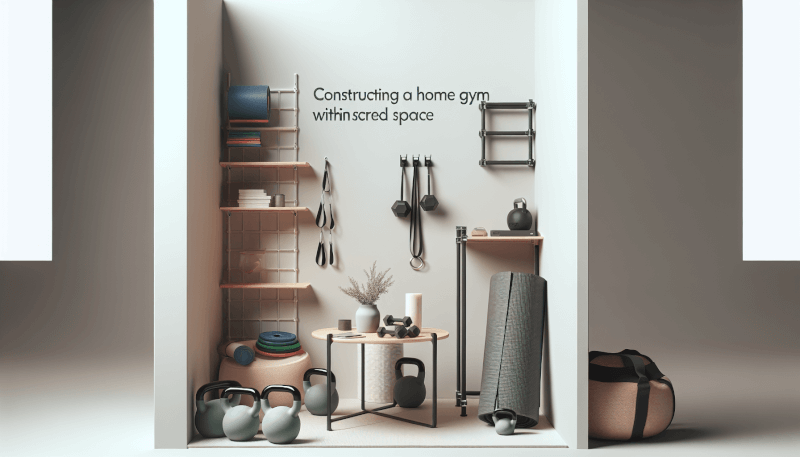Imagine having your very own gym right in the comfort of your own home, where you can work out whenever you want without the hassle of traveling or expensive membership fees. In this article, discover the secrets to building a DIY home gym with limited space. Whether you have a small apartment or a compact room, you’ll learn practical tips and creative ideas to maximize your space and create a functional workout area that fits your needs. Say goodbye to crowded gyms and hello to a personalized fitness oasis that you can call your own.
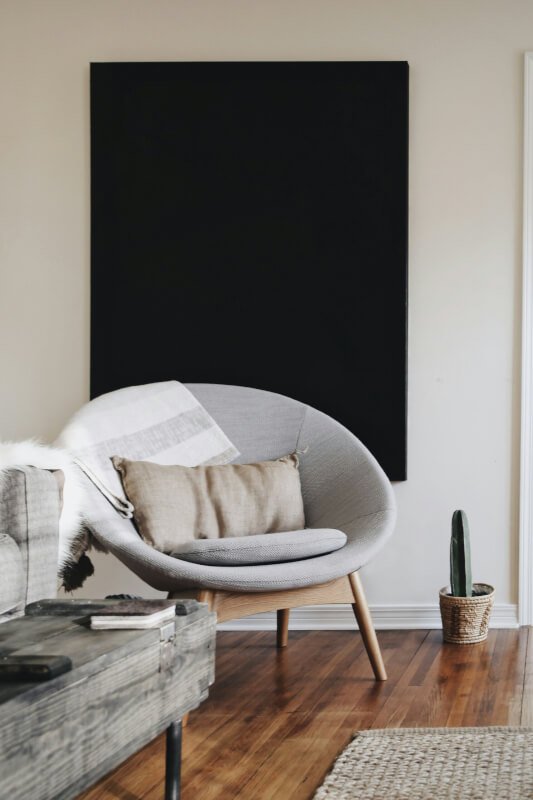
Evaluate Your Space
Measure the available space
Before you begin building your DIY home gym, it’s essential to evaluate the amount of space you have. Measure the dimensions of the room or area where you plan to set up your gym equipment. This will help you determine what equipment can fit comfortably and efficiently in the available space.
Consider the ceiling height
When choosing and setting up your gym equipment, take into account the ceiling height of your space. Certain exercises, like overhead presses or jumping exercises, require extra headroom to avoid hitting the ceiling. Ensure that you have enough clearance to perform these exercises safely and comfortably.
Assess the flooring
Another crucial factor to consider is the type of flooring in your designated gym area. Opt for a surface that is both durable and easy to clean, such as rubber flooring or interlocking gym mats. This will provide the necessary support and protection for your joints while also being easy to maintain.
Choose the Essential Equipment
Determine your fitness goals
Before selecting your gym equipment, it’s essential to determine your fitness goals. Are you looking to build strength, improve cardiovascular health, or increase flexibility? Understanding your objectives will help you identify the types of equipment that align with your goals and make your workouts more effective.
Select versatile equipment
With limited space, it’s crucial to choose equipment that offers versatility. Multi-functional equipment, like adjustable dumbbells or resistance bands with various resistance levels, can provide a wide range of exercises in a compact form. Look for equipment that allows for multiple exercises to maximize your workout options.
Consider space-saving options
When building a DIY home gym with limited space, it’s essential to prioritize equipment that is space-saving. Look for collapsible or foldable equipment that can be easily stored when not in use. This will help you maximize your available space and create a clutter-free environment.
Utilize Vertical Space
Wall-mounted storage solutions
To optimize your space, consider utilizing vertical storage solutions. Install wall-mounted racks or shelves to store your smaller workout accessories such as resistance bands, yoga mats, or skipping ropes. This not only saves floor space but also keeps your equipment organized and easily accessible.
Foldable or adjustable equipment
Another way to make the most of your limited space is by investing in foldable or adjustable equipment. Items like foldable weight benches, adjustable weight racks, or foldable treadmills can be easily folded and stored against a wall or under a bed, freeing up valuable floor space.
Utilize the back of doors
Don’t overlook the back of doors when planning your DIY home gym. Install hooks or racks on the doors to hang resistance bands, jump ropes, or even towels. This clever utilization of space allows you to keep your workout equipment within reach while using an often underutilized area.
Maximize Storage Opportunities
Invest in storage containers or bins
To keep your gym equipment organized and easily accessible, invest in storage containers or bins. Label each container based on its contents, such as dumbbells, yoga blocks, or resistance bands. Storing your equipment in containers not only saves space but also prevents clutter and makes your workouts more efficient.
Use stackable storage solutions
When space is limited, stackable storage solutions are a game-changer. Look for storage bins or drawers that can be easily stacked on top of each other. This allows you to effectively utilize vertical space without sacrificing accessibility to your workout equipment.
Utilize under-bed storage
One often overlooked space for storage in a home gym is under the bed. Invest in low-profile storage bins or bins specifically designed to fit under a bed frame. This area is perfect for storing items like yoga mats, foam rollers, or resistance bands that aren’t frequently used but need to be easily accessible.
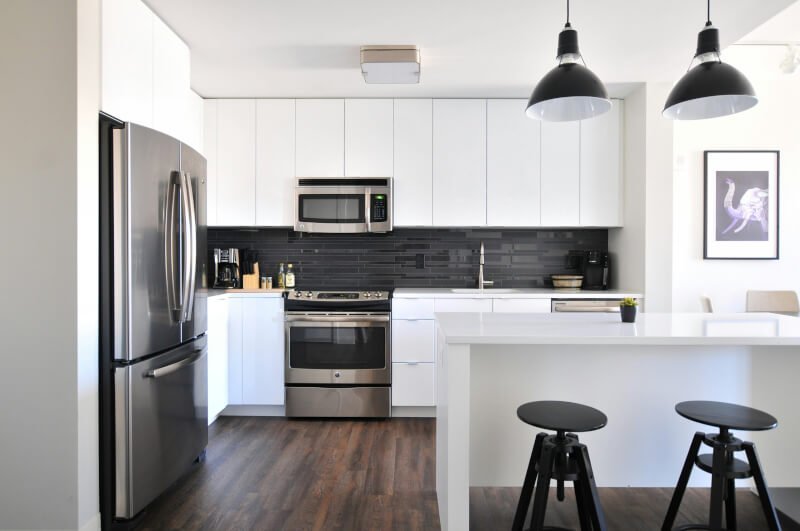
Create a Multi-functional Space
Incorporate a full-length mirror
Adding a full-length mirror to your DIY home gym can make a significant difference in your workouts. Not only does it help you monitor your form and technique, but it also creates an illusion of a larger space. Place the mirror strategically to maximize the reflection and make your small gym feel more open and inviting.
Install wall-mounted resistance bands
Using wall-mounted resistance bands is a space-saving solution that adds versatility to your workouts. These bands can be attached to the wall at different heights, allowing for a wide range of exercises, including rows, chest presses, or tricep extensions. This eliminates the need for larger, bulky gym machines while still providing an effective resistance training routine.
Use an exercise ball as a chair
Incorporating an exercise ball as a chair in your home gym not only saves space but also engages your core muscles while you work. Using an exercise ball as a chair promotes better posture, strengthens your abdominal muscles, and improves balance. It can also double as a stability tool for various exercises, such as planks or ball bridges.
Focus on Resistance Training
Dumbbells and resistance bands
When space is limited, dumbbells and resistance bands become your best friends. They are versatile, compact, and can target various muscle groups. Dumbbells offer adjustable weight options, while resistance bands provide different resistances for customized workouts. Combine these two pieces of equipment to complete a full-body resistance training routine efficiently in your small home gym.
Resistance bands exercises
Resistance bands offer numerous exercises that target all major muscle groups, making them an essential addition to any DIY home gym. From bicep curls to squats to lateral band walks, the possibilities are endless. As these bands provide progressive resistance, you can continue to challenge your muscles and make progress without the need for bulky weight machines.
Benefits of resistance training
Incorporating resistance training into your workouts offers a multitude of benefits. It helps build lean muscle mass, increase metabolism, improve bone density, and enhance overall strength and functional movement. With limited space, resistance training using dumbbells or resistance bands becomes an effective way to achieve these benefits at home.
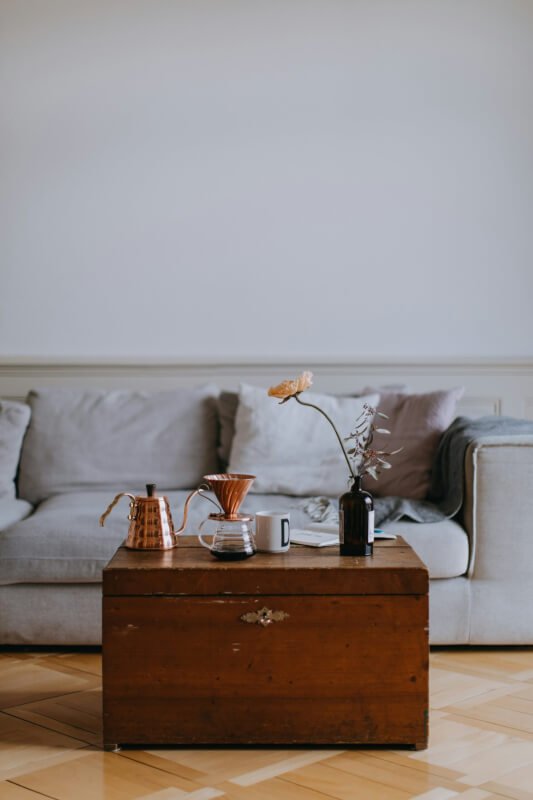
Include Cardio Equipment
Foldable treadmill or elliptical
If you’re looking to include cardio equipment in your small home gym, opt for foldable options like treadmills or ellipticals. These compact machines can be easily folded and stored against a wall or in a closet when not in use. Foldable cardio equipment allows you to enjoy the benefits of cardiovascular exercise while maximizing your limited space.
Jump rope or skipping rope
Don’t underestimate the effectiveness of a simple jump rope or skipping rope for cardiovascular workouts. These lightweight and compact tools provide an intense cardio workout, whether indoors or outdoors. Incorporate various jump rope exercises into your routine to elevate your heart rate, burn calories, and improve coordination.
High-intensity interval training
High-intensity interval training (HIIT) is an excellent option for cardio workouts in a limited space. HIIT involves short bursts of intense exercise followed by brief rest periods. This type of training not only maximizes calorie burn but also improves cardiovascular fitness and endurance. Choose HIIT workouts that require minimal equipment, such as bodyweight exercises or cardio circuits, to make the most of your small home gym.
DIY Equipment Alternatives
DIY sandbag
If you’re looking to add resistance to your workouts without purchasing expensive equipment, a DIY sandbag can be an excellent option. Fill a heavy-duty bag with sand, seal it tightly, and you have a versatile and adjustable weight tool for exercises like squats, lunges, or deadlifts. DIY sandbags are cost-effective, space-saving, and allow you to customize the weight based on your fitness level and goals.
DIY weight plates
Weight plates are essential for strength training, but they can be expensive and take up a lot of space. Consider making your DIY weight plates using materials like concrete or cement. Simply pour the mixture into molds and let it set. These homemade weight plates can be used with adjustable dumbbells or barbells to add resistance to your workouts while keeping the equipment compact and affordable.
DIY suspension trainer
A suspension trainer, like TRX, provides a versatile full-body workout, but it can be costly. Create a DIY suspension trainer by using strong nylon straps and carabiners. You can attach the straps to a sturdy anchor point, such as a door frame or a ceiling beam. This DIY alternative allows you to perform exercises like rows, push-ups, or lunges, utilizing your body weight as resistance.
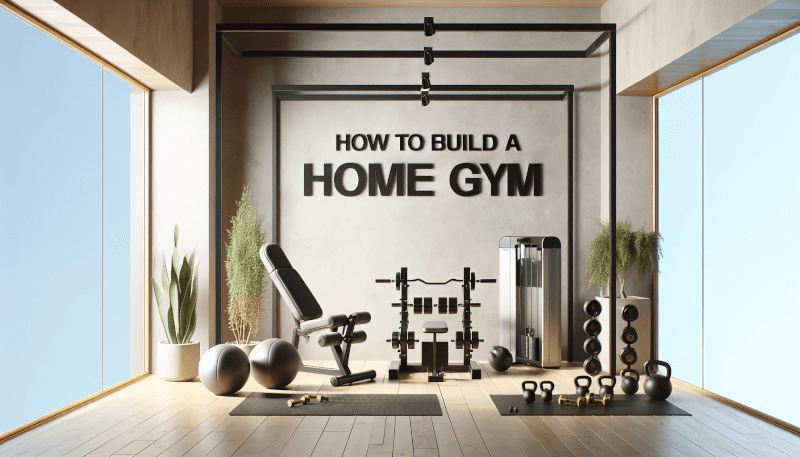
Make Use of Bodyweight Exercises
Push-ups and variations
Push-ups are a classic bodyweight exercise that targets the chest, shoulders, triceps, and core muscles. Incorporate different variations like wide push-ups, diamond push-ups, or decline push-ups to work different muscle groups. Push-ups require minimal space and no equipment, making them an excellent addition to a small home gym routine.
Squats and lunges
Squats and lunges are powerful lower-body exercises that can be done anywhere. They target the glutes, quadriceps, hamstrings, and calves. From traditional bodyweight squats to plyometric jump squats and walking lunges, these exercises not only build strength but also improve functional movement. Include these bodyweight exercises in your routine for an effective leg workout in your limited space.
Planks and burpees
Core strength is essential for overall stability and balance. Planks and burpees are two highly effective bodyweight exercises that engage multiple muscle groups, including the core, arms, and legs. Planks can be performed in various positions, such as forearm planks or side planks, to target different areas of the core. Burpees, on the other hand, are a dynamic exercise that combines a squat, push-up, and jump, providing a full-body workout in a small space.
Safety and Ventilation
Ensure adequate ventilation
When setting up a home gym, it’s crucial to prioritize ventilation to ensure a comfortable and safe workout environment. Proper ventilation helps regulate temperature and improves air quality. Consider options like opening windows, using fans, or installing ventilation systems to ensure proper air circulation during your workouts.
Use rubber flooring or mats
To prevent injuries and protect your flooring, consider using rubber flooring or gym mats in your DIY home gym. Rubber flooring provides cushioning, absorbs impact, and reduces noise from dropped weights. Gym mats can also be used for exercises like yoga or stretching, providing a non-slip surface and additional support.
Install safety mirrors or panels
Safety mirrors or panels are essential in any home gym, regardless of size. They not only allow you to monitor your form and technique but also help prevent injuries by providing visual feedback. Install mirrors strategically to maximize the reflection and ensure full visibility of your movements during workouts.
Building a DIY home gym with limited space requires smart planning and creative solutions. Assessing your available space, selecting versatile and space-saving equipment, and utilizing vertical storage solutions are key factors in optimizing your home gym. By incorporating a variety of exercises, focusing on resistance training, and including cardio options, you can create a comprehensive workout routine in a small space. Remember to prioritize safety measures, such as proper ventilation, suitable flooring, and safety mirrors, to ensure a comfortable and injury-free workout experience.
